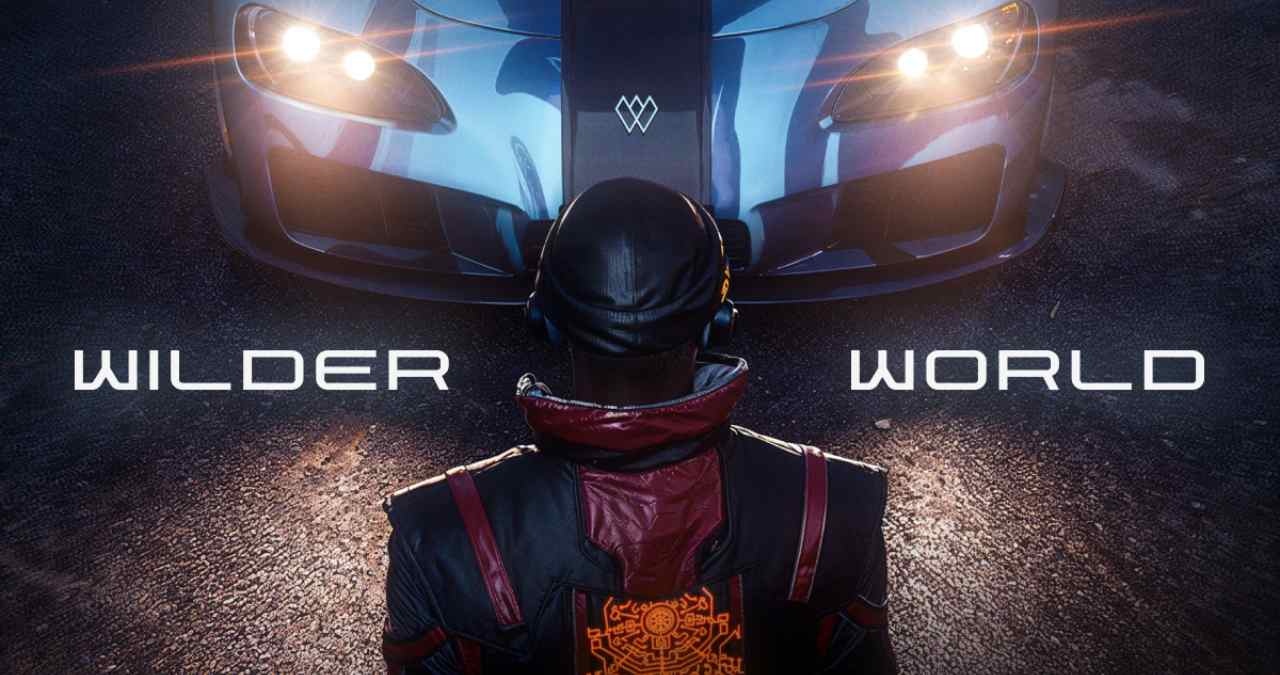Wilder World is finally moving from concept to experience. After years of teasing its neon-soaked, open-world racing vision, the team has launched Operation Titan, a playable slice of what’s to come. It’s not the full game yet, but it’s the first time players can step into its universe, and that alone marks a significant shift.
This new phase brings more than just cars and visuals. It introduces player-driven roles, shared missions, and a look at how the game might actually function at scale. And with the project built on Unreal Engine 5 and integrated with Web3 systems, there’s a lot riding on how this debut lands.
Operation Titan brings real hands-on gameplay
Operation Titan isn’t a full release, but it’s not just a demo either. It’s a persistent multiplayer test environment where players explore a section of Wiami, the game’s Miami-inspired city. Here, they can take on missions, race against others, or work together to complete objectives.
Three main factions define this early version: the MCs (Motorcycle Club), the WIlders (freeroaming citizens), and the DAO-based team running security. Each one serves a different function, allowing for varied playstyles and objectives. The idea is to simulate an economy and power structure within the game, laying the groundwork for future evolution.
Visuals and worldbuilding stand out
From a technical standpoint, Wilder World continues to bank on its Unreal Engine 5 roots. The game leans heavily into stylized realism, with reflections, lighting, and animations that push past what most Web3 projects attempt. Wiami itself feels alive, if still limited in scope.
This early build doesn’t yet offer the depth of traditional open-world titles, but the presentation is undeniably polished. Vehicles have real weight. Movement feels tuned. It’s not a chaotic sandbox, but something that’s starting to resemble a cohesive digital world.
Web3 elements are present but subtle
This is still a blockchain project, but Operation Titan keeps its Web3 features behind the curtain for now. Players can connect wallets and use Wilder World NFTs for access, but there’s no overt token grind or crypto push. That decision seems intentional.
Instead of leaning into speculation or tokenomics, this phase focuses on engagement and retention. It’s more about proving the game has legs than showing off a marketplace. Still, those systems exist in the background, and how they scale will be critical later.
Community shaping development going forward
This launch is being treated as a testing ground, not just technically but socially. The game’s structure is DAO-influenced, with plans for community decision-making around future content and direction. That includes how roles evolve, what new areas of the city open up, and which features get prioritized.
The current factions and mission types are expected to change based on feedback. This could help avoid the stagnation seen in other open-world blockchain projects, which often overpromise and underdeliver. Wilder World seems to be taking a slower, more iterative approach.
Setting expectations while building momentum
Operation Titan isn’t a final product. It’s closer to an early alpha with strong presentation and hints of something deeper. But for a genre still figuring itself out in Web3, that’s not nothing.
If Wilder World can maintain its visual quality, refine its mechanics, and balance its token-based economy with real gameplay loops, it could emerge as one of the more grounded entries in the space. Right now, it’s all about execution and keeping players interested long enough to see what comes next.
Web3 Analyst & Play Blockchain Games Guide
CryptoKit breaks down Web3 gaming like it’s second nature. From tokenomics to airdrop strategies, she turns blockchain chaos into clear, actionable advice for players who want to win more than XP.




